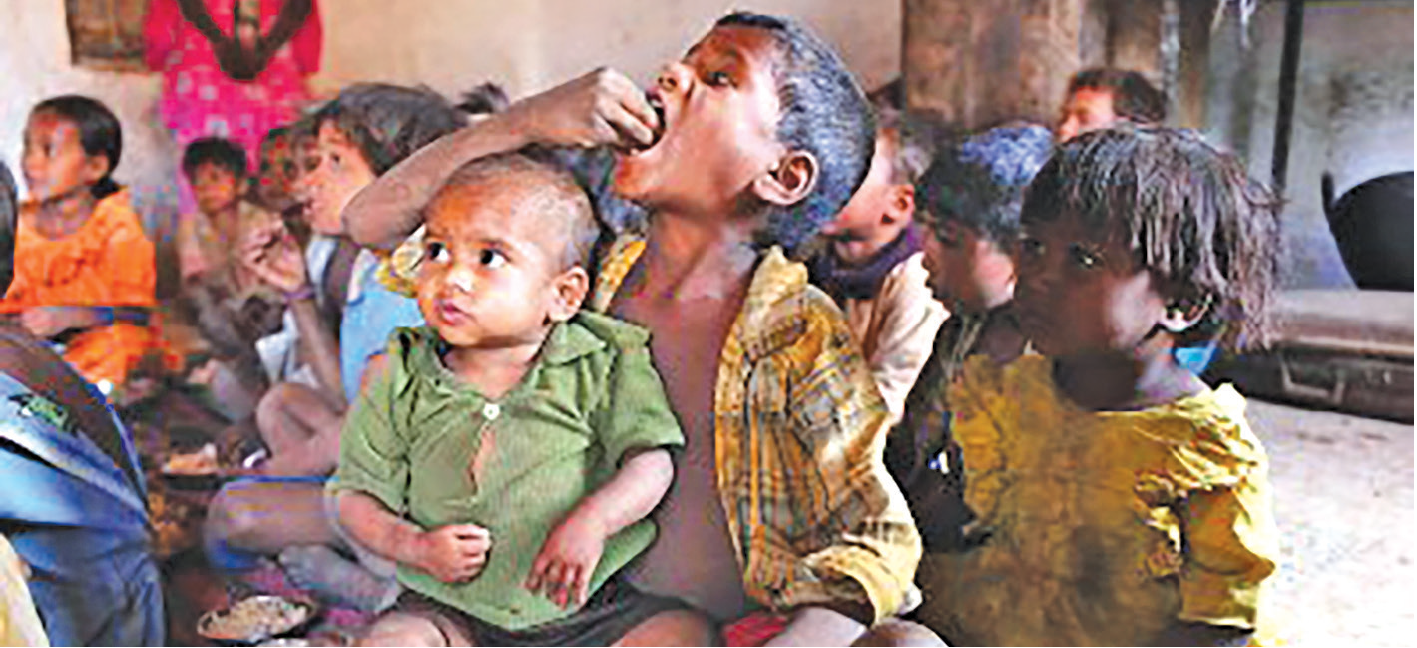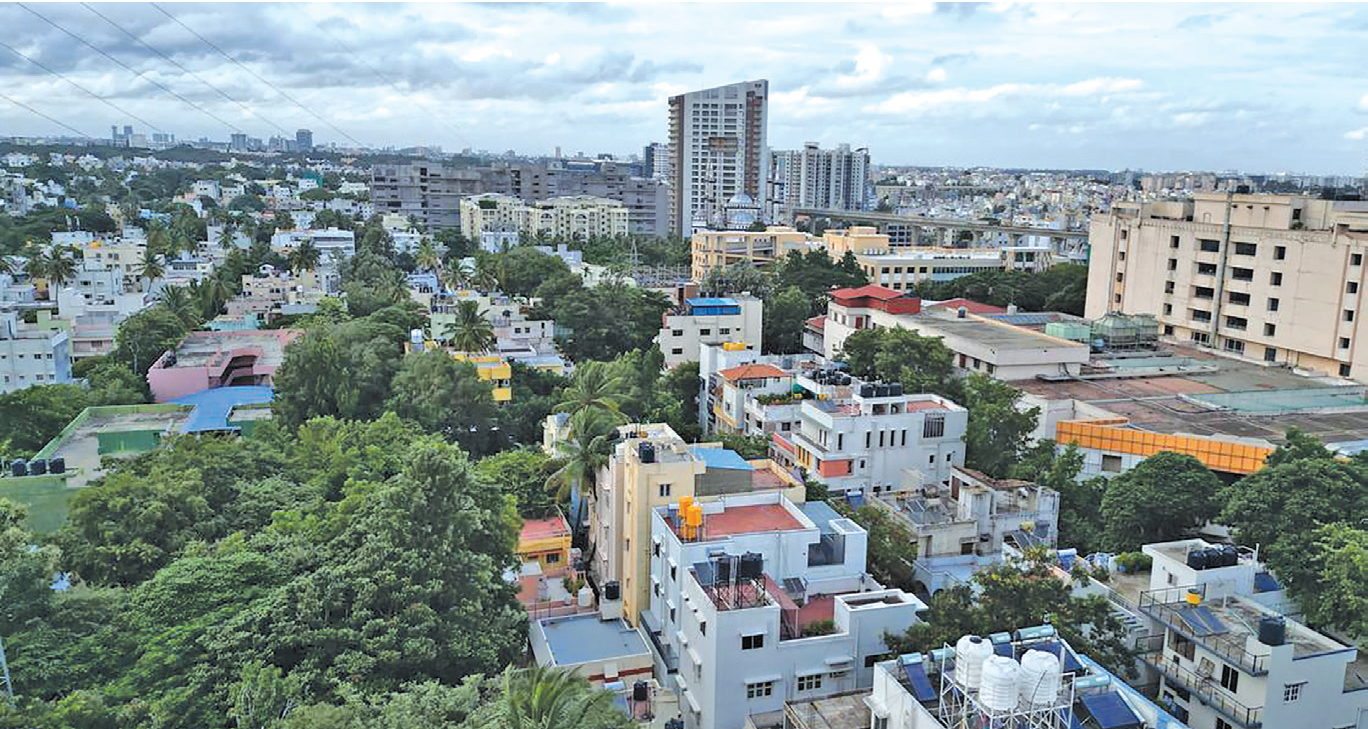
Confronting malnutrition: A growing challenge for children in B’luru
Despite recent progress, malnutrition remains a critical public health issue with socio-economic disparities & urbanisation affecting the growth and development of children across the city
NT Bengaluru: Malnutrition, a pressing public health issue, continues to affect children in India despite some progress in recent years. While there have been improvements in child nutrition, malnutrition remains a significant concern, particularly in urban areas like Bengaluru. It manifests in various forms, including stunting, wasting, and micronutrient deficiencies, and is often linked to socio-economic factors such as poverty, inequality, and inadequate access to healthcare. According to the National Family Health Survey (NFHS-5), India has made strides in reducing child malnutrition, though challenges persist. The stunting rate, which measures chronic malnutrition, has decreased from 38.4 per cent in NFHS-4 to 35.4 per cent in NFHS-5. However, other indicators like wasting (acute malnutrition) and underweight children remain significant areas of concern. Malnutrition not only impedes physical growth but also has longterm implications for cognitive development, health and productivity. Malnutrition in Bengaluru: In Bengaluru, the situation mirrors the national landscape but is compounded by the city's rapid urbanisation.
While some progress has been made in improving child nutrition, malnutrition continues to persist, particularly in low-income communities and slums. These areas experience disparities in access to nutritious food, healthcare, and clean water, all of which contribute to the malnutrition burden. According to Soumita Biswas, Chief Clinical Nutritionist at Aster RV Hospital, "The primary causes of malnutrition among children include reduced dietary intake, poor absorption of macro or micronutrients, or increased energy expenditure due to illness. Despite advancements, malnutrition remains prevalent, especially in urban slums and rural areas." In Bengaluru, the prevalence of malnutrition among children remains high. While there has been some improvement, certain key indicators show alarming trends. Stunting, which affects long-term growth and development, has declined but continues to persist in marginalised communities. Micronutrient deficiencies, such as iron deficiency anaemia, vitamin A deficiency, and zinc deficiency, continue to affect many children in Bengaluru.
These deficiencies can impair cognitive and physical development, weaken the immune system, and increase susceptibility to infections. "Iron deficiency anaemia is a common issue we see in children from lowincome households. Poor diets lacking in essential nutrients contribute to these deficiencies," adds Dr C. Prabu, Chief Siddha Consultant at Sri Mahalakshmi Siddha Hospital. In addition to undernutrition, overnutrition has become a growing issue in Bengaluru. The easy availability of fast food and sedentary lifestyles has led to an increase in childhood obesity. Dr. Biswas points out, "The prevalence of overweight children is increasing in urban areas due to poor dietary habits and reduced physical activity. These children are at risk of developing lifestyle diseases." Several factors contribute to the malnutrition burden, including poverty and food insecurity, which make it difficult for low-income families to access nutritious food, leading to undernourishment in children.
Inadequate healthcare in certain areas exacerbates the issue, as children miss out on early interventions. Poor feeding practices hinder proper growth and development. The lack of clean water and sanitation in slum areas increases the risk of infections, further contributing to malnutrition. Rapid urbanisation has led to greater social inequality, with vulnerable populations experiencing higher malnutrition.
Addressing malnutrition: Effective strategies
Addressing malnutrition in Bengaluru requires a multi-faceted approach that targets the root causes. Strengthening the healthcare system, improving access to nutritious food, and promoting healthy behaviours are essential steps in this direction. Government programs such as the Integrated Child Development Services (ICDS), the Mid- Day Meal Scheme (MDM), and the National Health Mission (NHM) play a crucial role in combating malnutrition.
While some progress has been made in improving child nutrition, malnutrition continues to persist.
 English daily published in Bengaluru & Doha
English daily published in Bengaluru & Doha






